Research
サンマの資源管理研究
日本の沿岸資源と位置づけていたサンマもいまや国際資源としてNPFCの下で管理されています.2016年にサンマ資源評価技術会合がNPFC科学委の下で設置され,日本,中国,台湾,韓国,ロシアの科学者が共同で暫定資源評価を実施しました.その結果は2017年4月にサンマ科学小委員会およびNPFC科学委員会でエンドースされ暫定資源評価は一旦終了しました.2017年4月の科学委員会後から北門がサンマ資源評価技術会合の議長を引き継ぐことになり,暫定資源評価結果の検証とアップデート,そして新しい資源評価に向けての取り組みなどの議論を行いました.2019年4月の最新の資源評価結果は近日中にNPFCのウェブサイトに掲載される予定です.なお,サンマ資源評価技術会合は2019年7月以降はサンマ小科学委員会に統合され,そこでも北門が議長として資源評価及び資源管理手法の議論を取りまとめています.
A Technical Working Group of the Pacific saury stock assessment (TWG-PSSA) was established under the Scientific Committee of North Pacific Fishery Commission (NPFC) . It conducted a provisional stock assessment in 2017, which was endorsed by the Scientific Committee of the NPFC in April, 2017. I was selected as a new Chair of the TWG-SAPS for continued efforts to update the provisional stock assessment and explore stock assessment models other than existing “provisional base models”. The subsequent meetings of TWG-PSSA were held in 2018-2021. The most recent stock assessment report will be available in due course. Now I’m the Chair of Small Scientific Committee of the Pacific saury.



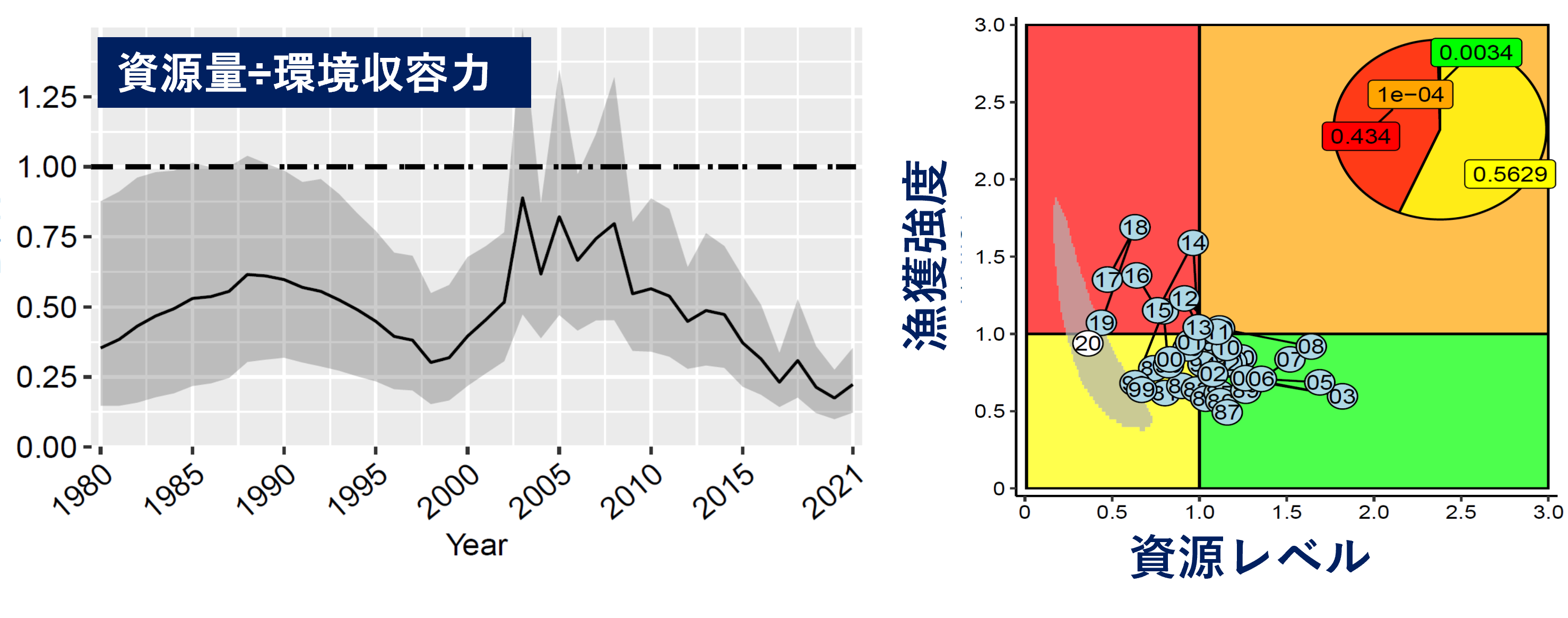
マグロの資源管理研究
2011年にIOTCカジキ類作業部会に資源評価の専門家として招待されて以来,IOTC, ICCAT, ISCなどを中心にまぐろ類の資源評価と管理に関わってきました.まぐろ類の会議を通して,資源評価モデルの診断,そして異なる資源評価モデルの評価法など,国内外研究者と共同研究を行っています.国際水産資源研究所の研究者の方々,そして日本かつお・まぐろ漁業協同組合,IOTC, ICCATの皆さんにはいつもサポート頂き感謝しています. 現在,IOTCの科学委員会で議長を務め,IOTC管轄のマグロ類資源評価と管理の舵取りに寄与しています.
Indian Ocean Tuna Commission (IOTC) IOTC is an international commission responsible for the management for tuna fishery in the Indian Ocean (see Indian Ocean Tuna Commission). I am now the Chair of the Scientific Committee of the IOTC and the vice-chair of the Working Party on Temperate Tunas. Also I am an IOTC representative of the international tuna-RFMO-MSE group for developing the Management Strategy Evaluation (MSE).
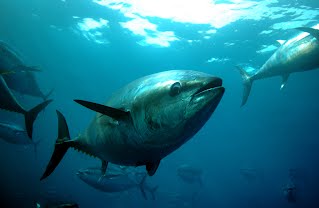
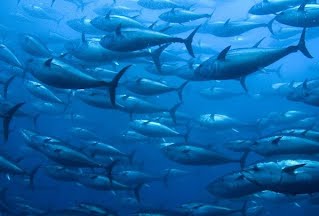
クジラの資源保全・管理
私はクジラ,アザラシやトドなどの海棲哺乳類の他,マグロやサンマなどの魚類資源について幅広く研究しています.このように研究対象として鯨類だけを扱っているわけではないからといって,鯨類の専門家ではないとは言われたくはありません.鯨類の研究にも様々な分野があり,実際本学にも鯨類学研究室という鯨類を専門に研究する研究室が別に存在します.しかしながら,こと鯨類に対する資源解析や資源管理においては国内第一人者だと自負しています.鯨類資源管理の国際責任機関である国際捕鯨委員会(IWC)の科学委員会において日本人で初めて議長に選出されたことも一つの証だと思っていますが,そのほかにも,資源の現存量の把握から歴史的な変化の様子,そして生態系など様々な観点から将来の資源動向を予測することなどで,鯨類資源研究に貢献してきました.幸い,現在私の研究室では鯨類研究を志してくれている若き優秀な大学院生たちが研究室の活動を大きくサポートしてくれています.また,日本鯨類研究所の一部の研究者も手助けしてくれています.本格的に鯨類資源の解析や管理を研究できる国内唯一の研究室ではないかと思っています.もし鯨類資源研究に興味がありましたら遠慮なくご相談ください.ぜひ一緒に研究しましょう!
2003-2017: I attended the IWC Scientific Committee as a member of Japanese delegation. 2006-2009: I served as the Chair of the Working Group of In-depth assessment for the western North Pacific common minke whales, with focusing on J-stock. 2010-2012: I served as the Chair of the Subcommittee of Bowhead, Right and Gray whales and as the Vice-chair of IWC/SC. 2013-2015: Chair of as the Chair of IWC/SC 2016-2017: I was the head of Japanese delegation to the IWC/SC meetings in 2016 and 2017. 2018-current: I have been participating in the IWC/SC as an Invited Participant as well as the Chair of Ecosystem Working Group.
In Feb 2018, I quit Japanese delegation to the IWC Scientific Committee because of betrayal of whaling section of Fishery Agency of Japan. That said, I have been working for “science of whales” especially on the following fascinating items. Some of them are joint researches with my excellent students and like-minded whale scientists.
- Evaluation of Management Procedures with CLA modified by recruitment information and genetics
- Spatial-temporal modelling of population distribution and population mixture
- Estimation of population size using direct observation by visual sighting surveys, Mark-resighting and indirect observation by genetics
- Estimation of population dynamics of whales species and their ecosystem interactions
- Statistical modelling of epi-genetic age-determination etc.
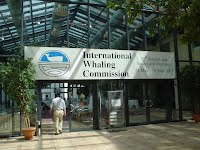

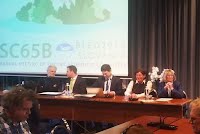
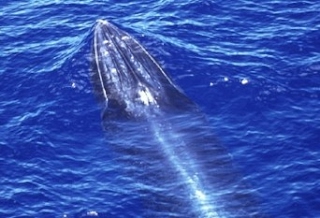
アザラシとトドの資源保全・管理
北海道に生息するゼニガタアザラシや北海道に来遊してくるトドの資源評価と保全・管理に関する研究を行っています.
ゼニガタアザラシ(環境省管轄)は捕獲により一旦数を大きく減らしましたが,保護政策の下で順調に資源状態を改善させてきました.北海道日本海側に来遊してくるトドについても同様で,資源量が大きく改善しています.両種とも資源の保全の意味ではよい状態ですが,漁業被害が深刻となりその対策が叫ばれてきました.ゼニガタアザラシは科学委員会が発足し,そこで北門が資源動態の推測結果と疫病の生起なども考慮したシミュレーションを行うと供に,環境省レッドリスト委員会に結果を報告した結果,ゼニガタアザラシが「絶滅危惧2類」から1ランク下の「準絶滅危惧」に変更されました.現在,漁業被害を考慮した資源管理方法の検討を行い,同委員会にもその結果を報告しています.
トド(水産庁管轄)も同様に過去の悪い資源状態から回復し漁業被害が深刻となっています.そこで,資源評価を行うと供に,簡易的な資源管理方策評価法を通して管理手法を検討しました.その結果,2015年から10年間604頭(/年)の採捕管理方法が採用され「トド管理基本方針」に記載されています.
鰭脚類の研究では,東京農業大学の小林万里先生,北海道大学の山村織生先生,そして北海道区水産研究所の服部薫博士に大変お世話になっています.このお三方との出会いなくして始まりませんでした.感謝の念が堪えません.また環境省北海道地方環境事務所の皆様にも大変お世話になっております.今後もよりよい管理方式の開発を目指して研究に取り組みます.研究のお手伝いを頂ける学生さんの登場を心待ちにしています.
The population of Steller’s sea lions migrating to Hokkaido, Japan, has once experienced a severe decline more than by half around 1960’s to 1980’s. Similarly, that of Kuril harbor seals inhabiting Cape Erimo in Hokkaido had also dramatically declined by the 1970s, and it had once faced with a risk of extinction. A main reason of the population depletion was due to overhunting. Since then, owing to protection measures, the population sizes have shown steady recoveries for both the species while the damages to fishery by them have also increased. Conservation of the populations should of course be prioritized, but it is also necessary to develop a suitable resource management strategy to accomplish a balance between the conservation of the populations and mitigation of the damage to fishery. For this purpose, assessment works are required to know the carrying capacity and the current level of depletion of the populations.
Fortunately, endeavors have been made for the monitoring of the populations. I constructed density-dependent age-aggregated/age-structured production models and then estimated parameters associated with the models. In addition, we separately conducted simulation studies to evaluate possible management procedures for the populations. As the result for the Steller’s sea lions, a defined virtual population migrating to Hokkaido is now estimated as nearly around a half of its carrying capacity, and a combined harvest control between immediate culling and PBR with an internal threshold performed well. As the estimation result for the Kuril harbor seals, it is found that the population level has exceeded at least 60% of the carrying capacity, and simulation results also showed that some possible future management procedures involving culling adults while avoiding unintentional bycatch of yearling animals would be effective to achieve the balance objective for the conservation and management of the Kuril harbor seals inhabiting Cape Erimo.
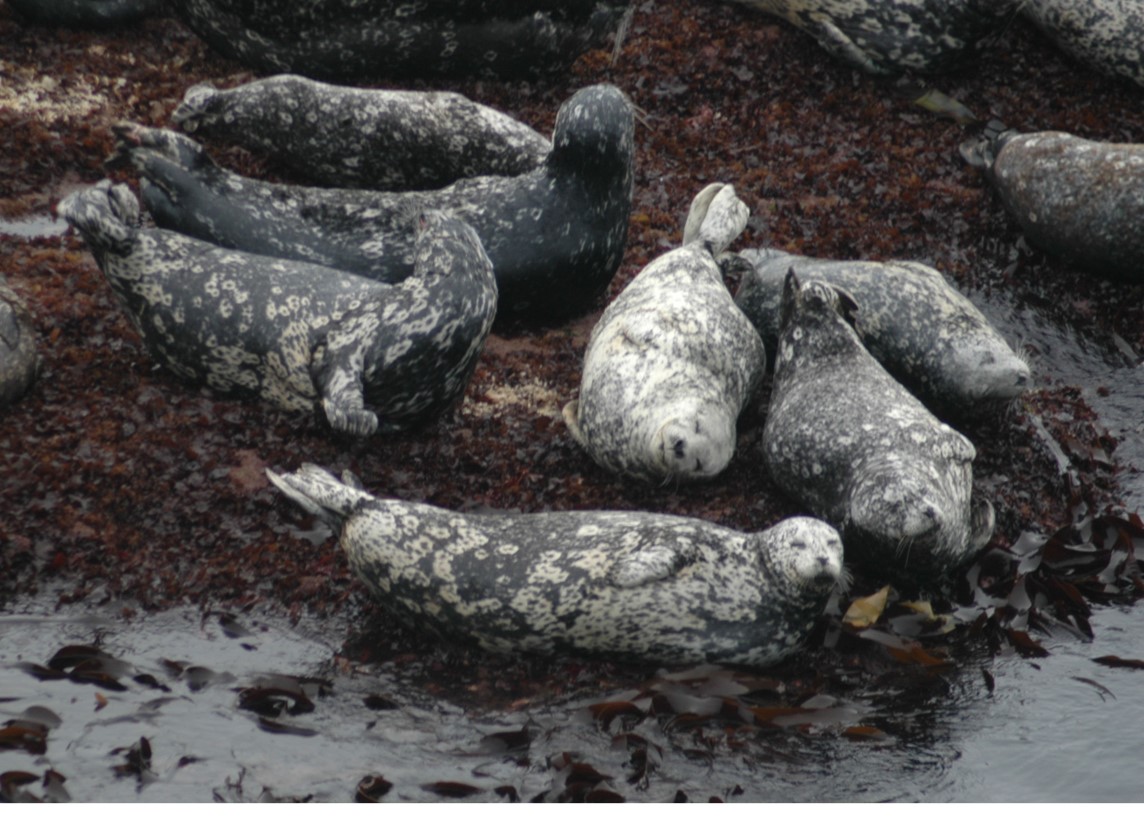
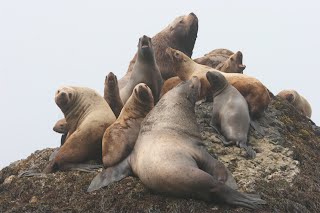
アオウミガメ (to come more)
環境省推進費プロジェクト「海草藻場生態系とアオウミガメの共存を図る環境政策に向けた科学的基盤の確立」の「サブテーマ4:個体群動態モデルの開発と個体数管理・藻場造成シナリオの評価」のリーダーを勤めています.アオウミガメ資源動態モデリングに興味のある学生さんを募集しています.
オオサンショウウオ (to come more)
特別天然記念物でもあり絶滅が危惧されているオオサンショウウオの資源量推定などについて,安佐動物園他と共同研究を始めました.
熱帯ウナギ (to come more)
熱帯ウナギの生息域のうち,インドネシアおよびフィリピンに河川に生息する系群について,資源動向の理解や資源管理にむけた研究をSEAFDEC/IFRDMDと共同で行っています.